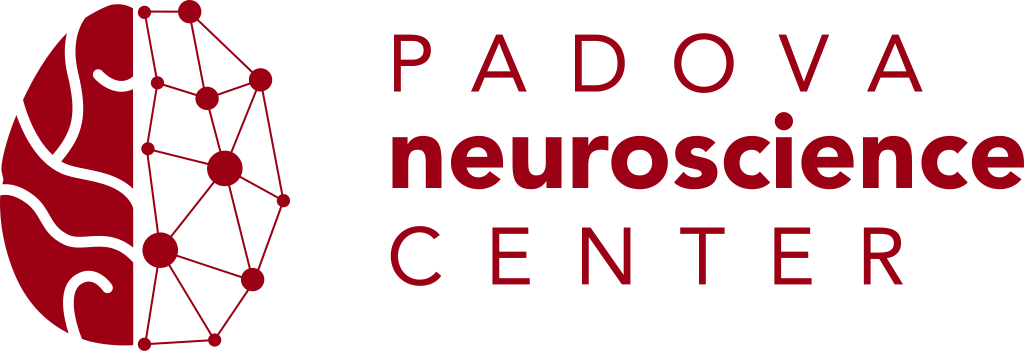by prof. Marco Canossa, CIBIO, University of Trento
When: June 9th, 3:00 PM
Where: Aula 0B, Complesso di Biomedicina, Fiore di Botta, Padova
Abstract: In the cerebral cortex neurons are organized in specific layers and form connections both within the cortex and with other brain regions, thus forming a network of synaptic connections comprising distinct circuits. Plasticity is a fundamental feature of neuronal connections in the brain, where experience-dependent changes in synaptic strengths are crucial for creating learning and memory circuits (engrams). Deciphering how neurons dynamically express synaptic plasticity while ensuring the formation of memory circuits remains a key challenge. Glial cells respond to neuronal activation and release neuroactive molecules (termed “gliotransmitters”) that can affect synaptic activity and modulate plasticity. Here we used molecular genetic tools, electrophysiology, ultra-structural and live microscopy to assess the role of brain-derived neurotrophic factor (BDNF) on cortical gliotransmission both in ex vivo and in vivo. We find that glial cells recycle BDNF that was previously secreted by neurons following long-term potentiation (LTP)-inducing electrical stimulation. Upon BDNF glial recycling, we observed tight temporal, highly localized TrkB phosphorylation on adjacent neurons, a process required to sustain LTP. Engagement of BDNF recycling by astrocytes represents a novel mechanism by which cortical synapses can provide synaptic changes that are relevant for consolidating memory. Accordingly, mice deficient in BDNF glial recycling fail to recognize familiar from novel objects, indicating a physiological requirement for this process in memory retention.


